Hikers and nature-lovers alike are always on a quest for great views – the road upon which one can truly appreciate Mother Nature. Very few paths seem to fulfill these aspirations like the Going-to-the-Sun Road in Montana.
This 50-mile long, scenic mountain road boasts breathtaking scenery and stunning views. With construction completed by 1932, the road now allows tourists to traverse through Glacier National Park in just a couple of hours – compared to days – before its existence. With a highest elevation of 6,646 feet, this magnificent road provides expansive views of the Rocky Mountains and jaw-dropping wilderness. Embarking on a journey across the road is a “must do” when visiting Glacier National Park.
And the views along the Going-to-the-Sun Road are not only priceless; they’re famous!
Views from this road have been featured in the opening credits of The Shining (1980), and in the scene between Forrest and Jenny in Forrest Gump – here Forrest reminisces on his run across the U.S, recalling Saint Mary Lake which can be seen while travelling the road:
“Like that mountain lake. It was so clear, Jenny. It looked like there were two skies, one on top of the other.” – Forrest, Forrest Gump
There is an abundance of beautiful points along the road, from west to east.
Lake McDonald
This gorgeous lake runs parallel to the western end of the Going-to-the-Sun Road. With calm waters, bushy forest borders, and an expansive view, this lake is a mere snippet of the many attractions visible on the Going-to-the-Sun Road. It stretches over 10 miles long, and is home to a variety of trout species, grizzly bears, black bears, moose, and white tail and mule deer.
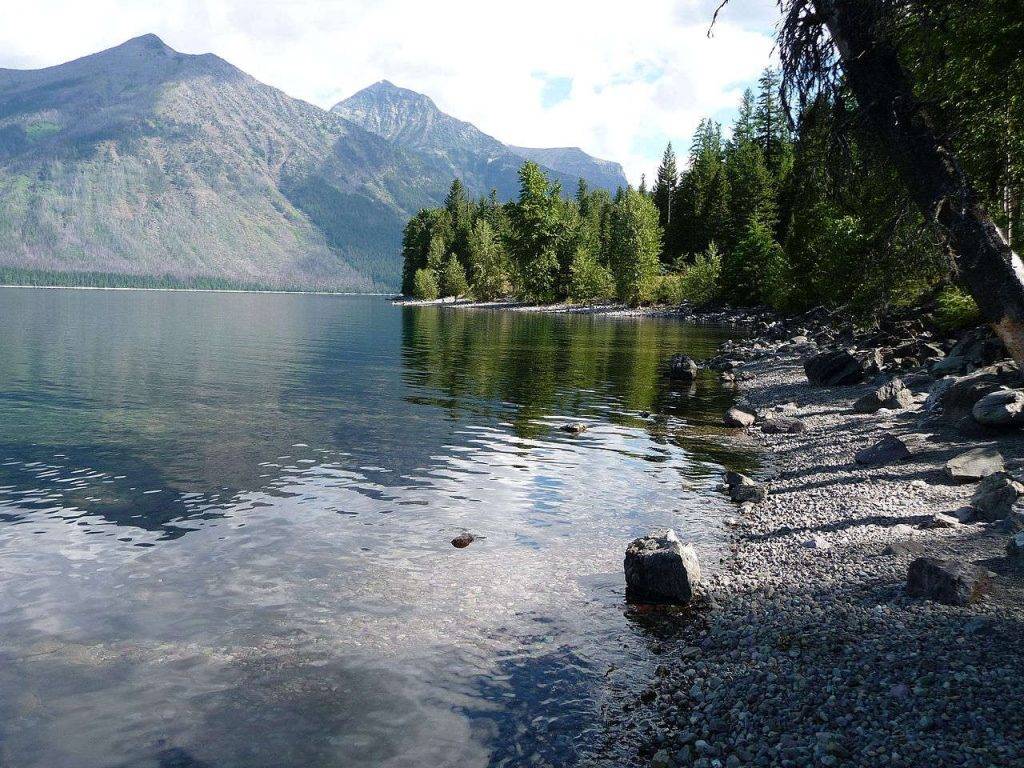
Trail of the Cedars
This trail provides a short yet rewarding hike through the forest, nestled next to the Going-to-the-Sun Road. It doesn’t get its namesake for nothing – 300+ year old cedar trees can be seen all along the walk, some reaching 80 meters tall. A beautiful aquamarine waterfall in Avalance Gorge can also be seen via the Trail of the Cedars – carved in the colorful rock over time.
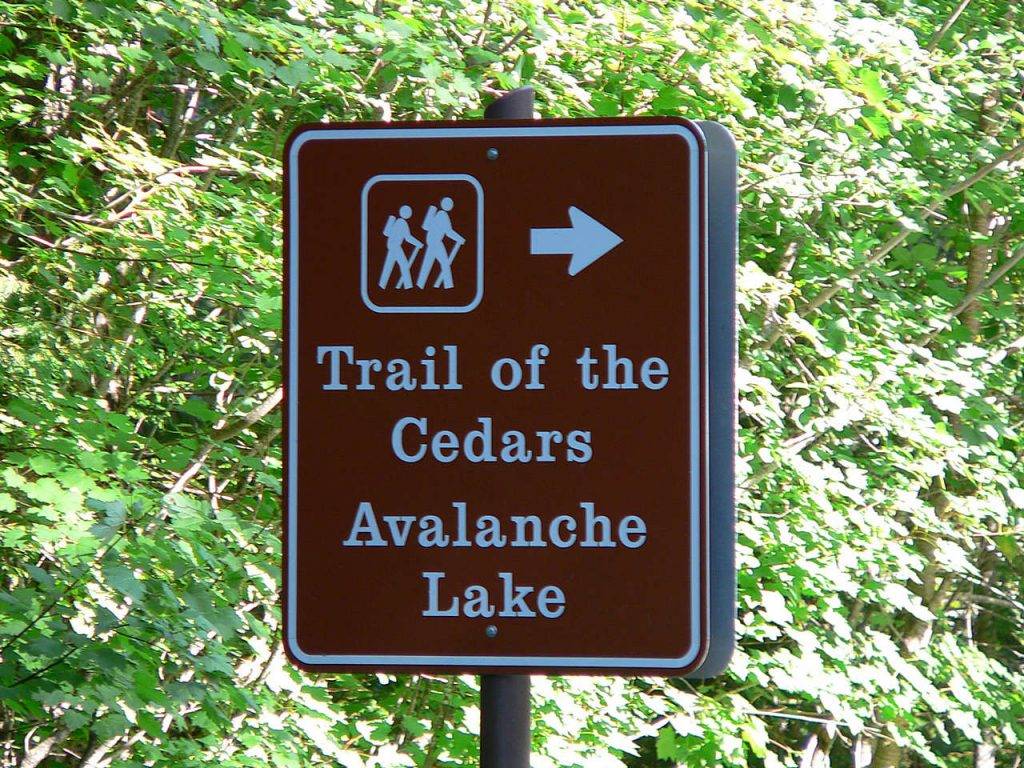
Heavens Peak
Located in the Livingston Range, the highest point of this mountain is a whopping 8,991 feet. Seen while travelling the Going-to-the-Sun Road, its snow-dusted peaks, glaciers, and light terrain is a sight to behold.
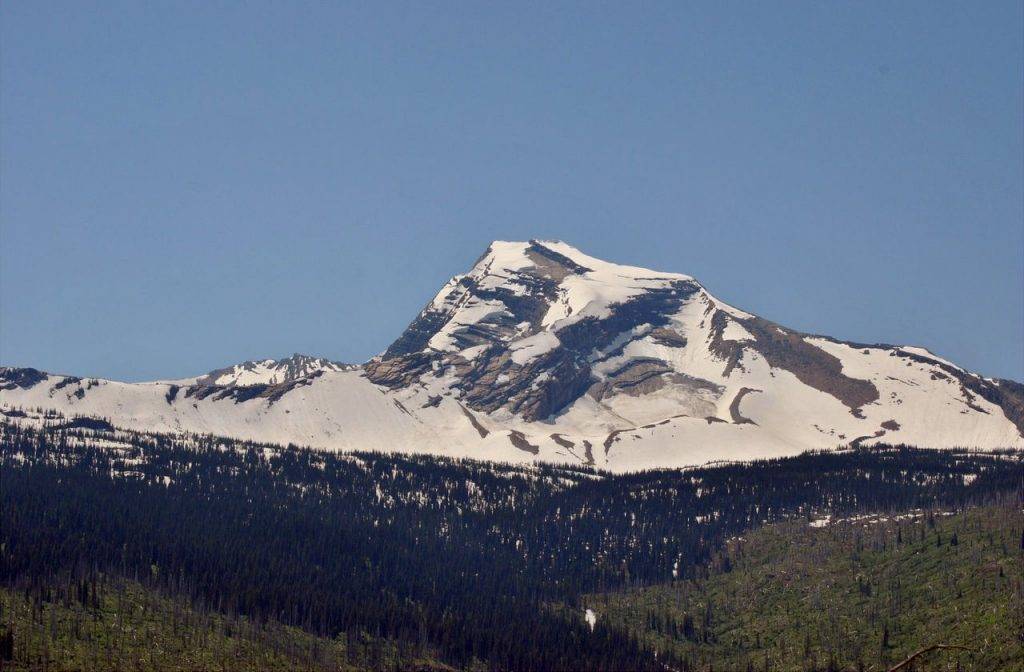
Bird Woman Falls
This lovely waterfall is visible two miles in from the Going-to-the-Sun Road, but the distance is by no means a disadvantage. On the contrary, it offers a full view of the sheer cliff edge, lush trees and glistening water cascading into the undergrowth. With a height of over 550 feet, icy glaciers and the snowfields of Mount Oberlin feed this waterfall. It is best seen in early summer – by autumn, it has been known to cease flowing nearly completely.
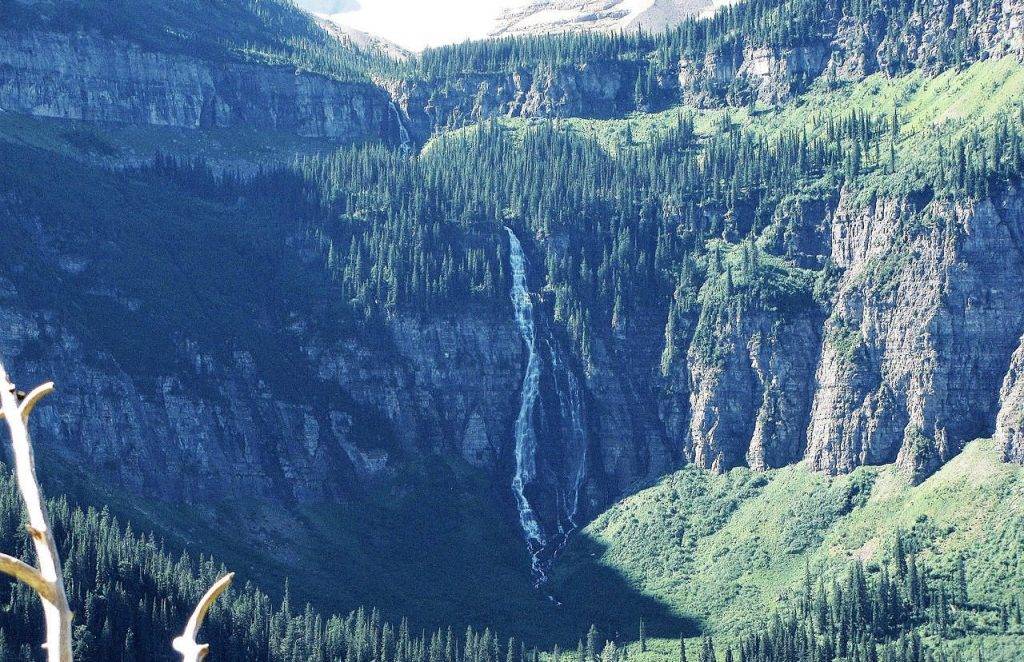
Garden Wall / Weeping Wall
In summer, the Garden Wall is home to a myriad of vibrant species of flowers and shrubs. The Going-to-the-Sun Road is literally carved into the Garden Wall, providing a colorful view of these picturesque fields. The Weeping Wall – flowing, torrents of water – sometimes even spilling onto the road. It is best seen in early summer – by autumn, it is usually reduced to a trickle. Driving through this section is an experience like no other.
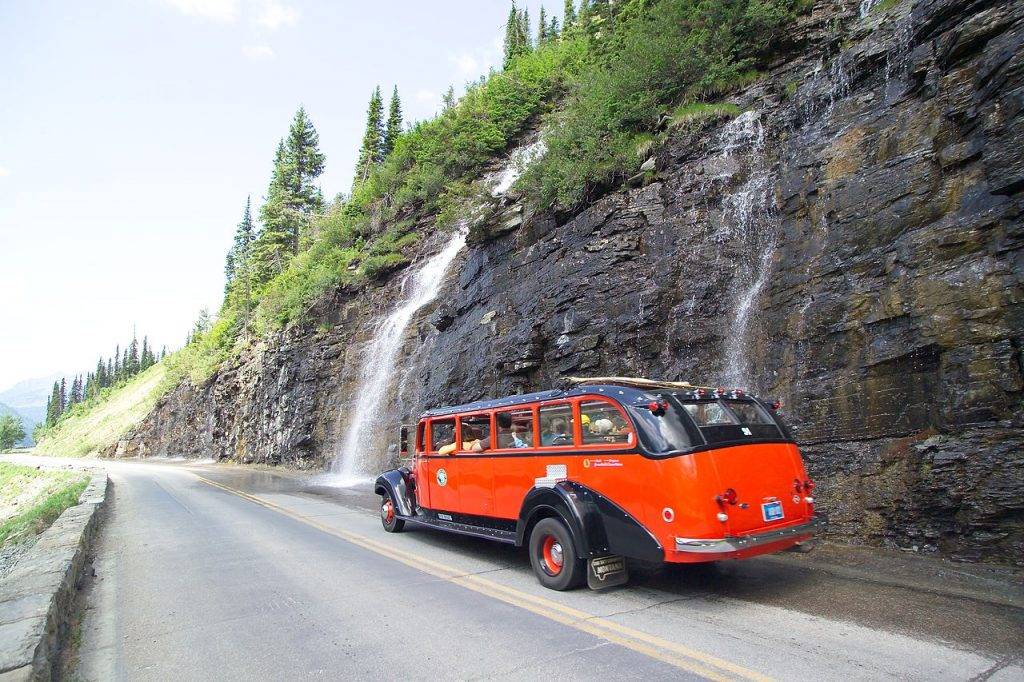
Logan Pass
The pass is located at the highest point of the Going-to-the-Sun Road. It provides amazing views of wildlife and nature – guaranteed to reveal our majestic mountain goats. A number of trails are available here, including the Highline Trail which passes through the flowering Garden Wall. Logan Pass is a popular starting point for hikers, and an epicenter of wildlife.
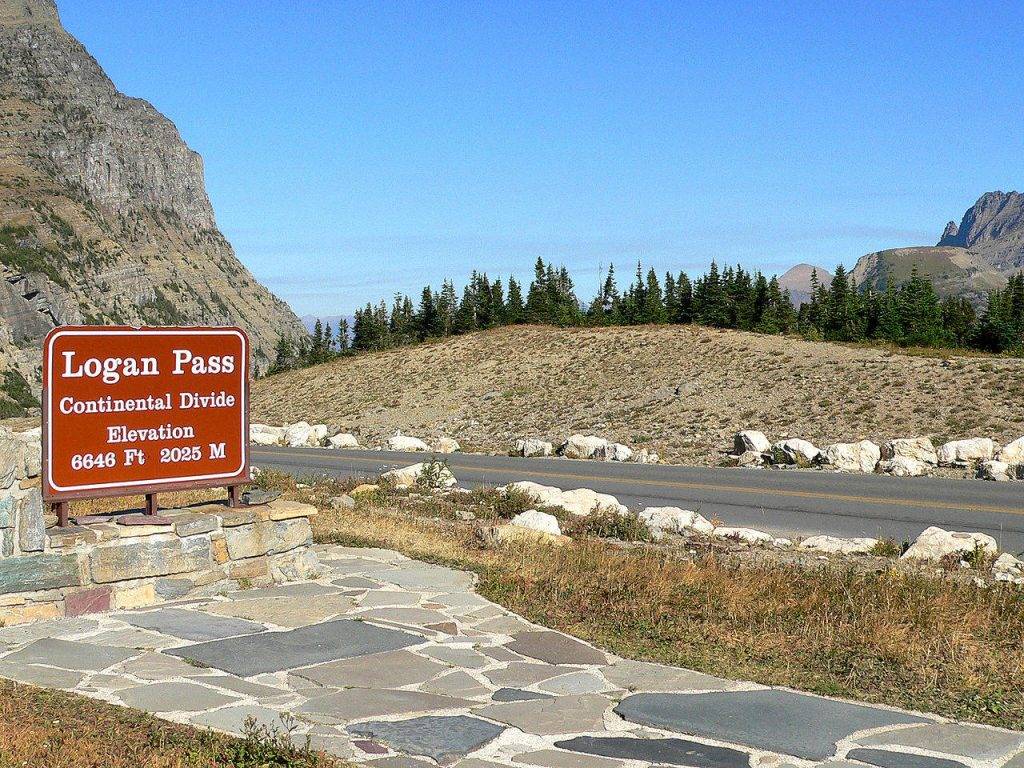
Clements Mountain
This uniquely shaped mountain resides at the edge of the Logan Pass, hanging over the Logan Creek Valley. Clements Mountain is composed of sedimentary rock, eroded down from years of wind and rain – like many mountains in Glacier National Park. You can’t miss it as you embark up Going-to-the-Sun Road – an elevation of 8,765 feet, with a knobby, gnarled structure is unlike any other. Its layers date back to the Precambrian period (the earliest part of Earth’s history) so you know when you set foot on its ground, you are standing amongst some of the most ancient parts of our world.
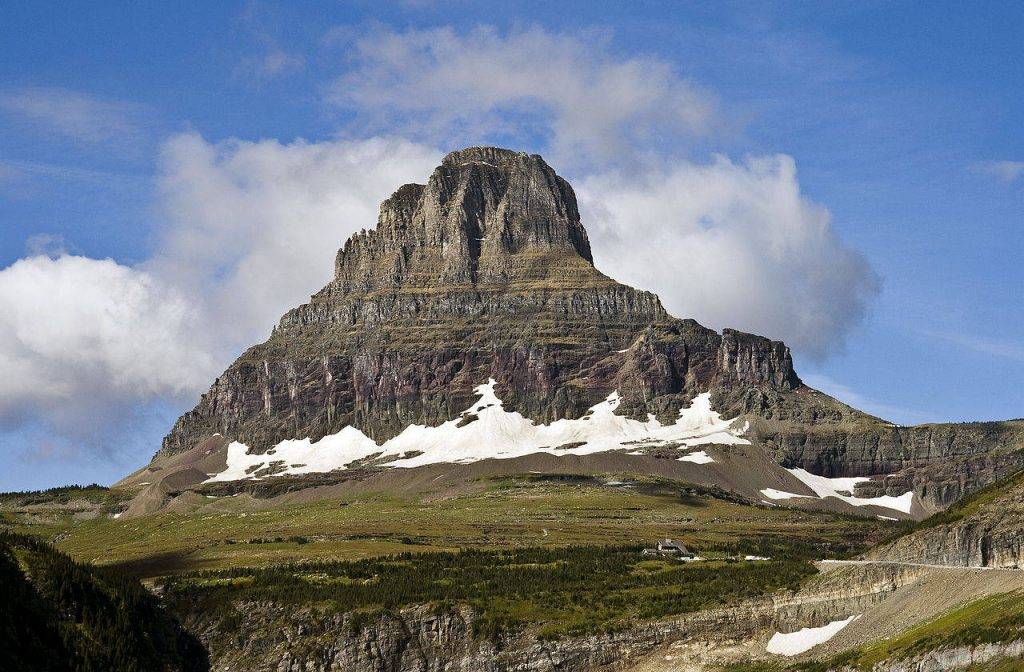
Mount Jackson / Glacier
Mount Jackson is the fourth tallest mountain in Glacier National Park, composed of the same sedimentary rock as Clements Mountain. It is easily visible from the Going-to-the-Sun Road. Its snowcapped peaks are a welcoming sight, especially as rays of sun sparkle on its surface. The Jackson Glacier sits at its northern side, a large mass of slowly depleting ice. The glaciers in Glacier National Park were formed in the late 18th century / early 19th century reaching their peak mass in 1850. Since then, the glaciers have been slowly decreasing in size, however, there have been years where they’ve actually increased in size.
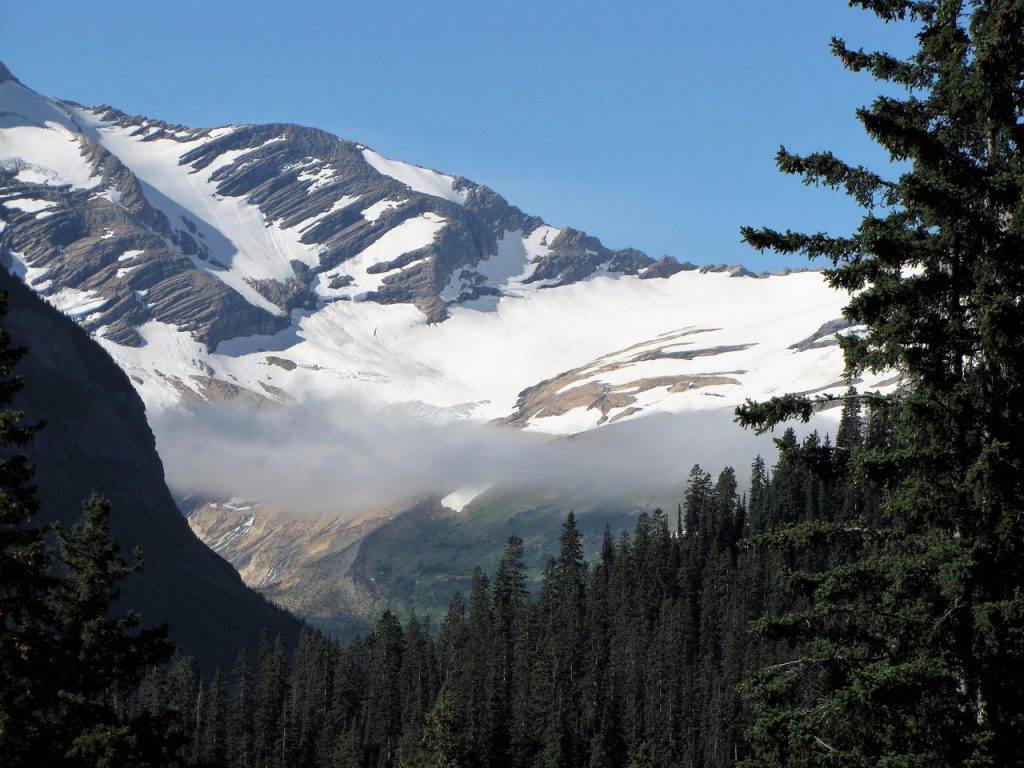
Going-to-the-Sun Mountain
This enormous mountain, reaching 9,647 feet, stretches high above Saint Mary Lake – a breathtaking sight from the Going-to-the-Sun Road. It has a mysterious carving in its side, which, when viewed from the west, looks like a face. Blackfeet Indian legends have a different name for this mountain (The-Face-of-Sour-Spirit-Who-Went-Back-to-The-Sun-After-His-Work-Was-Done Mountain), which may explain these carvings. Whatever the case, it is a magnificent viewpoint on the Going-to-the-Sun Road that you simply must see.
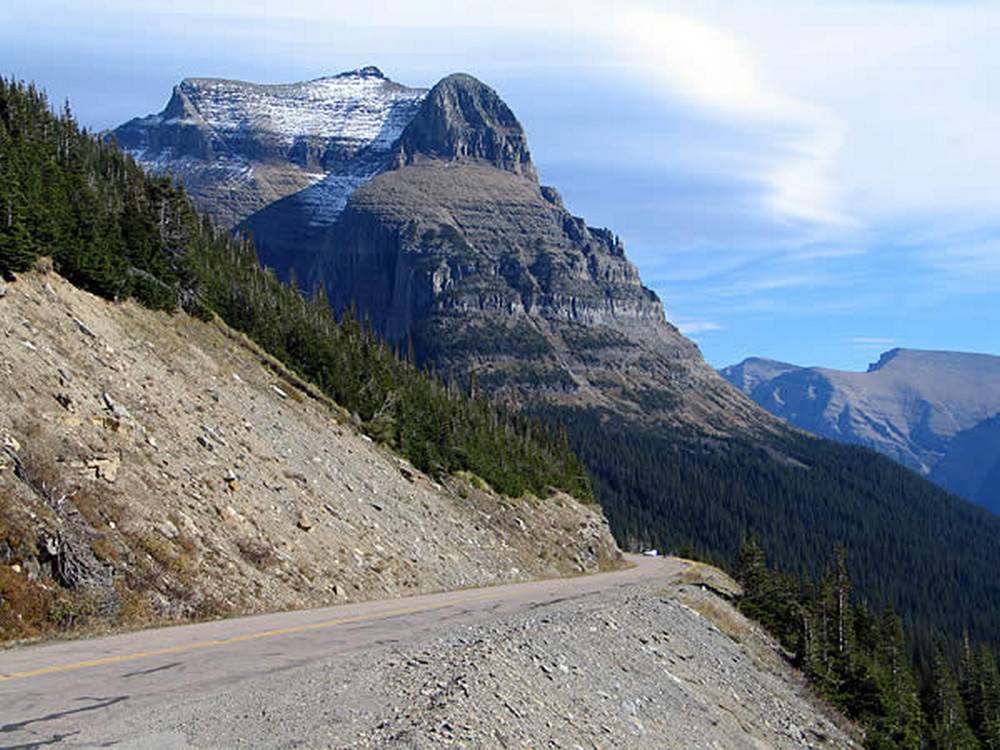
Rising Sun
Rising Sun is a campground, home to a camp store, gift shop, picnic area, and restaurant. Sightseeing boats are available from the camp to sail across Saint Mary Lake. Rising Sun camp also overlooks Wild Goose Island, a tiny spot of land in the middle of Saint Mary Lake. Rising Sun is where many photographers and sightseers find their best subjects.
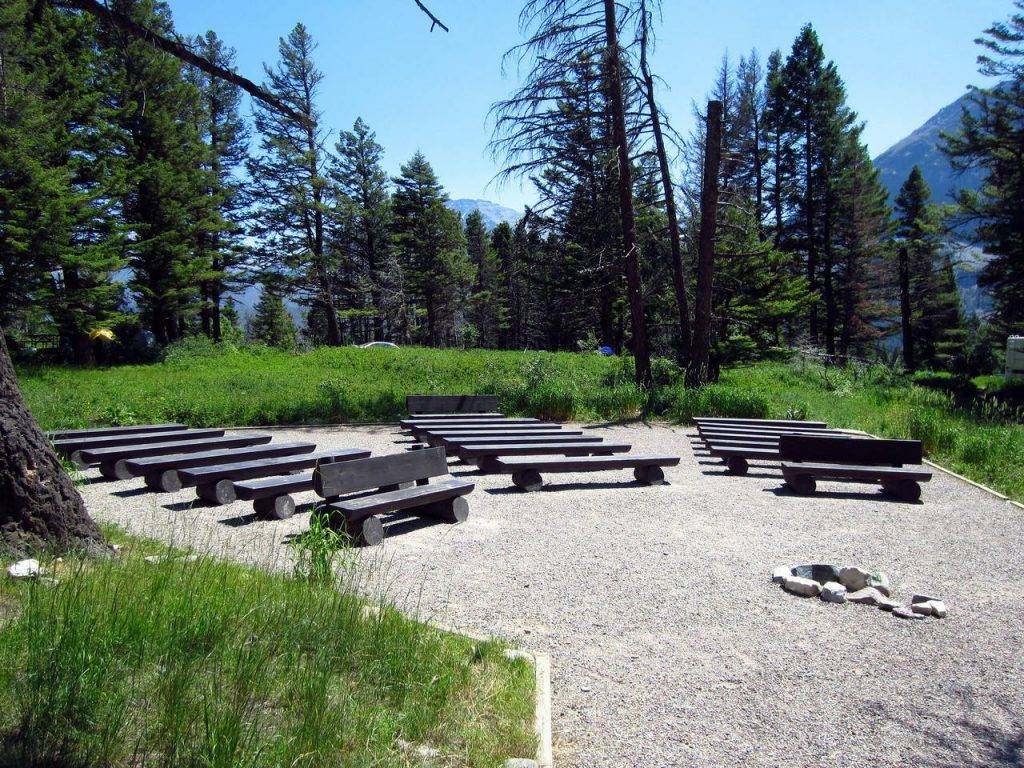
Saint Mary Lake
Perhaps the most famous point of Going-to-the-Sun Road, Saint Mary Lake is the second largest lake in Glacier National Park, stretching 9.9 miles long. The sights of this lake are absolutely spectacular, especially when the sun slants in from above, casting the water in a warm glow. In winter, sometimes the entire lake is covered in a thick layer of ice, though, it is just as beautiful as in summer. Saint Mary Lake is sure to take your breath away. The Going-to-the-Sun Road is not just a throughway packed with breathtaking views and scenery – it represents tales of history, of culture and myths, and of change as the terrain has morphed over time. It is an opportunity to immerse yourself in nature, to keep in touch with the wild side that exists in each of our hearts.



